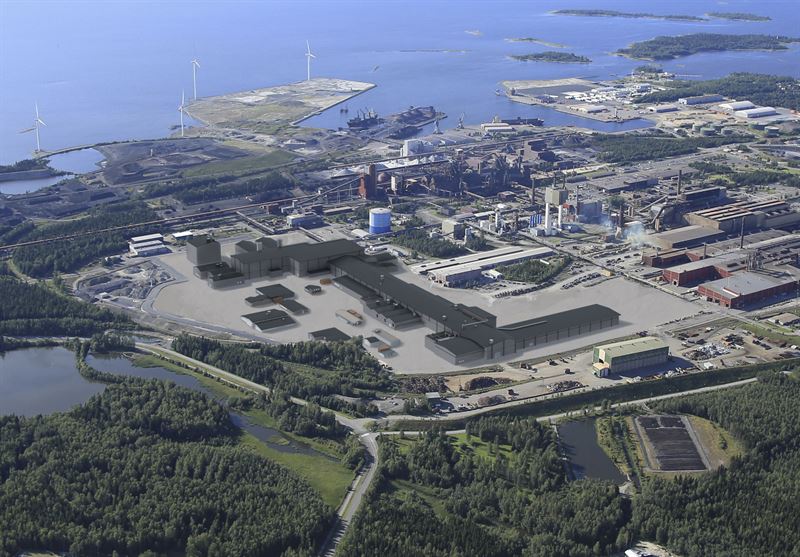SSAB has embarked on the “Towards Fossil-Free Steel Phase 2” (FFS2) joint project in Finland. This effort aims to enhance skills and capabilities in fossil-free steelmaking.
Transitioning to fossil-free steelmaking necessitates a comprehensive revamp of the entire steel production process. This transformation will bring about significant changes in various stages such as melting, rolling, side streams management, and optimizing electrical energy consumption. The FFS2 project is set to address critical challenges in mini-mill type production processes, offering innovative solutions for sustainable steel production.
The previous FFS project, culminating in 2023, provided valuable insights into fossil-free steelmaking technologies and sustainability aspects. Building on this success, the FFS2 project has been launched with a fresh consortium to delve deeper into cutting-edge research initiatives.
SSAB’s new production system, centered around mini-mill technology in Raahe, underscores key research areas such as thin-slab casting, direct rolling technology, electric melting of recycled scrap steel, hydrogen-reduced sponge iron in electric arc furnaces, and recycling of secondary materials. Noteworthy findings from the completed FFS project include the innovative use of biochar for slag foaming in electric arc furnaces, demonstrating a commitment to sustainable practices.
The FFS2 consortium comprises ten companies and three prominent research institutions, including the University of Oulu, VTT Technical Research Centre of Finland, and Åbo Akademi University. This collective effort is supported by Business Finland and spearheaded by environmental consultant Macon Oy.
The steel industry holds significant economic importance in Finland, employing approximately 27,000 individuals directly or indirectly. However, it also stands as a major contributor to carbon dioxide emissions, responsible for about 7% of Finland’s total emissions. The FFS2 project plays a pivotal role in enhancing the steel industry’s competitiveness while curbing carbon emissions, aligning with sustainability goals.
